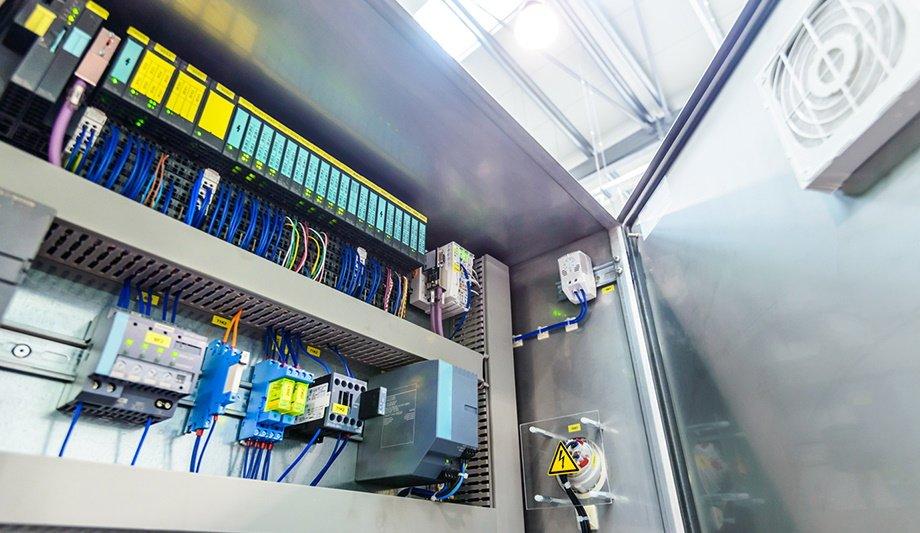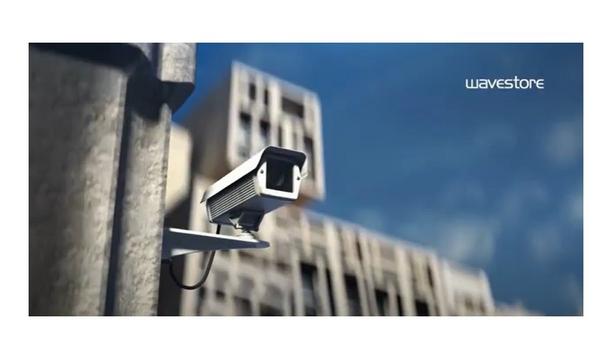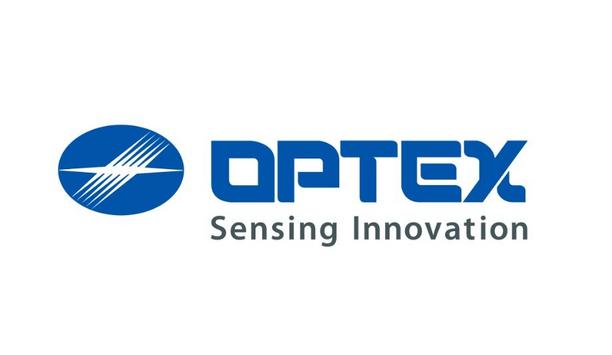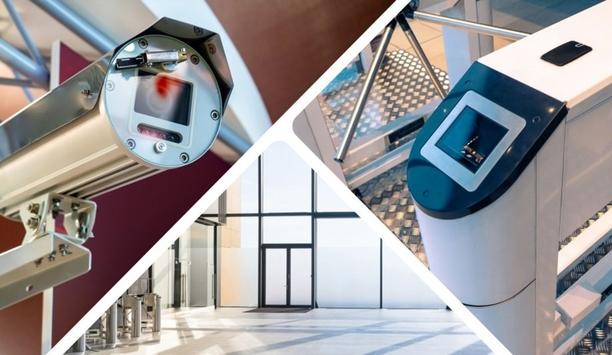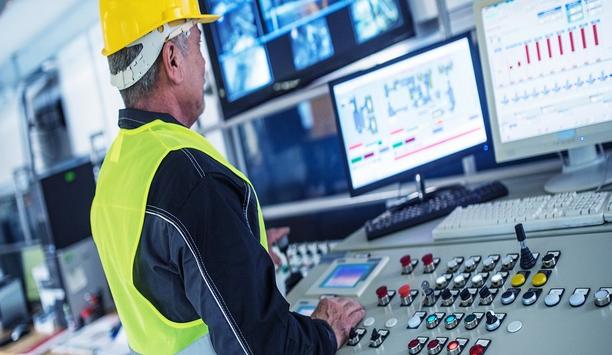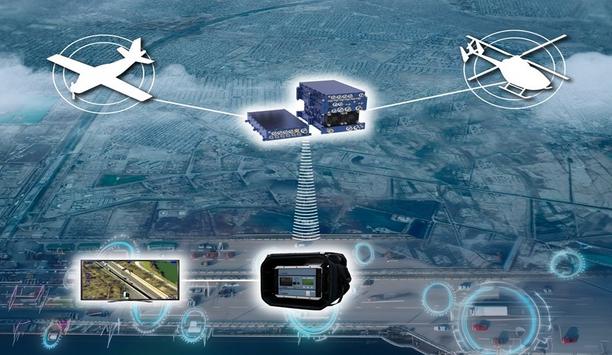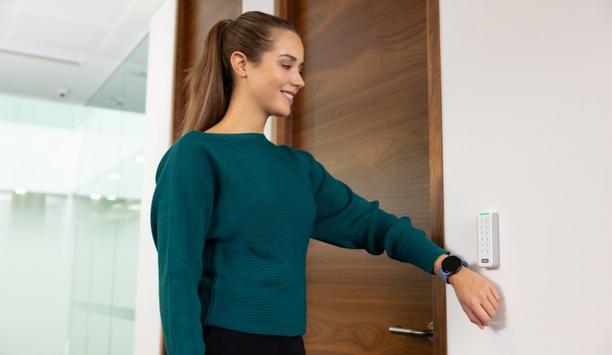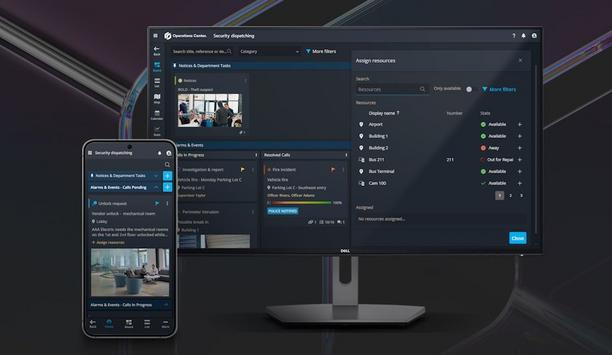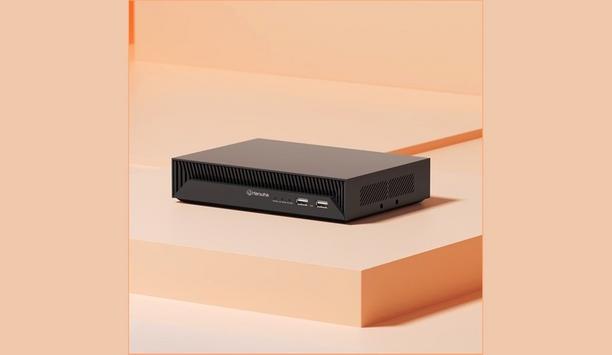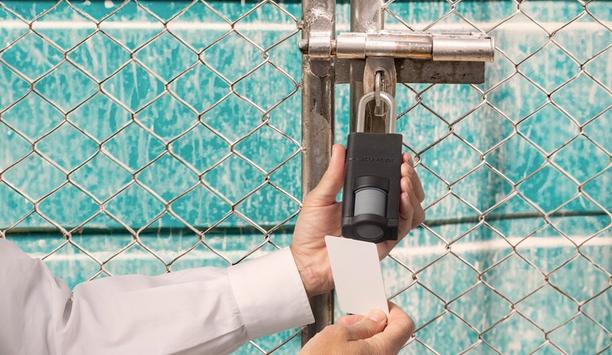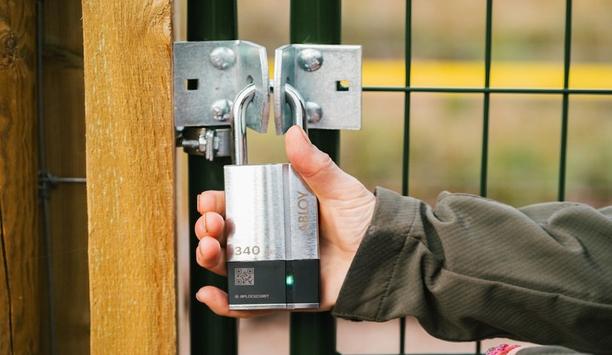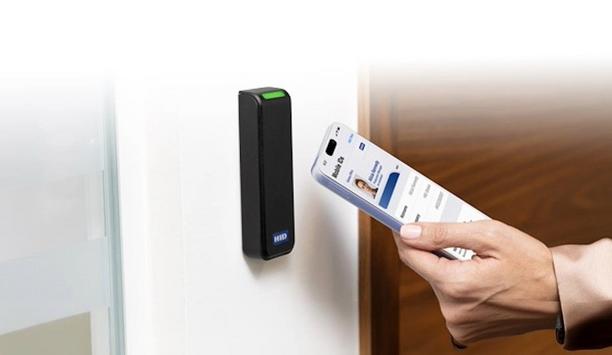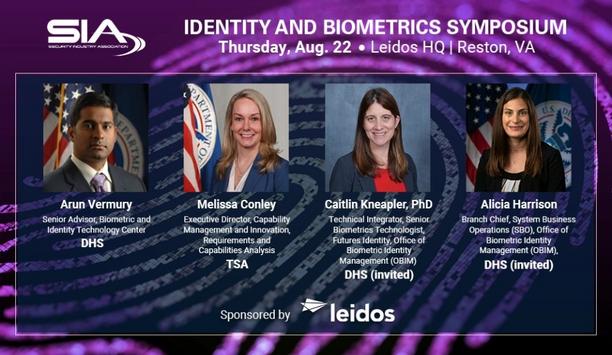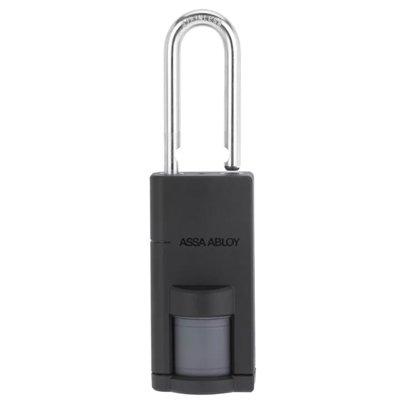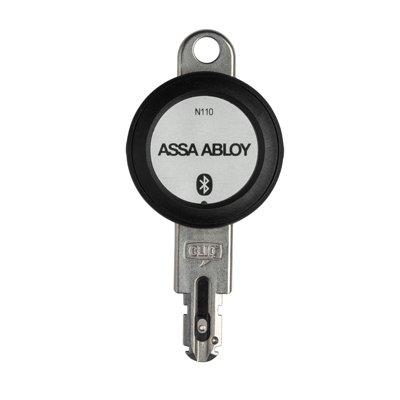Enclosures containing electronics, communications or cabling infrastructure offer a simple attack point for cyber breaches and an opportunity for a physical attack on the hardware. Yet, many of these assets are housed within enclosures that provide minimal security features to offer a deterrent to any would-be attacker.
This has always just been a pet hate. Walking down the high street of a town anywhere in the United Kingdom, you can often see open street communication cabinets. You can actually look directly inside at the equipment. And if I was a bad guy, I could quite easily just put my foot into their enclosure and quite quickly take out their infrastructure.
Charged service for enclosures
This seems crazy when a US$ 2 magnetic contact on a door can quickly tell you whether your enclosure is open or shut, and can be vital in keeping your network alive. Moreover, the operators of these systems, whether it is telecoms or internet providers, are providing a charged service to their customers, so they should really be protecting their enclosures.
Why has that security level not been so readily taken into the outside world, into the unprotected environment?
More sobering, if you contrast this security approach to the approach taken in the data center world, an environment that already has multiple stringent security protocols in place, you get a very different picture. For instance, security devices can capture snapshots of anyone who opens a cabinet door in a data room, so it is recorded who has opened that door.
While that is just one simple example, it begs the question. Why has that security level not been so readily taken into the outside world, into the unprotected environment? In my mind, a lot of it boils down simply to education.
Network connection, easy point of cyber attacks
Our preconceived idea about cyber security is some big corporation being knocked out or held to ransom by, again in our mind, someone sitting at a laptop, probably with their hood up over their head, typing away in the darkness, attacking us through the internet. But how the would-be criminal is going to come at us is just like in sport. They attack at the weakest point.
Networks can be deployed in the outside world in many ways, such as cameras monitoring the highways. That means those locations will have a network connection. And that can be a point of attack in a non-secure outside world.
Enclosures can be broken into by attackers
Many people think, ‘That is okay because I’m going to take that ethernet device that my cameras are connected to and I’m going to put it inside an enclosure.’ However, what people do not realize is that the only thing that the enclosure is doing is protecting the ethernet device from Mother Nature.
Because, without proper security, those enclosures can be broken into pretty easily. Many of them are just a single key that is not in any way coded to the device.
Twofold cyber security
People need to realize that cyber security is twofold. It can be carried out by hacking the network or physically breaking
Therein lays the problem. People need to realize that cyber security is twofold. It can be carried out by hacking the network or physically breaking into the weakest physical point. And so, a simple boot through the open door of an enclosure can vandalise the devices inside and take down a small or large part of a network. And by definition, this meets the criteria for a cyber-attack.
So, how do we go about tackling this problem? Well, security is a reaction marketplace. And for enclosures, there’s not, at present, a plethora of solutions out there for to counter these types of attacks. It can be challenging to find what you’re looking for through a quick Google search compared to searching for more traditional security protection measures.
Deploying smart sensors and detectors
But, under Vanderbilt and ComNet, we are currently taking our knowledge and experience from system installation and compiling it together. We’re bringing different products from different parts of our business to make a true solution.
For instance, we have sensors for enclosures that detect anything from gas or smoke to open doors, detectors that will tell you if someone is trying to smash open your enclosure with a sledgehammer, or that someone is trying to lift your enclosure off of its mount. More importantly, as is not really a one-size-fits-all solution, we have developed a menu structure available that allows customers to pick and choose the ones that will best fit their own requirements.
